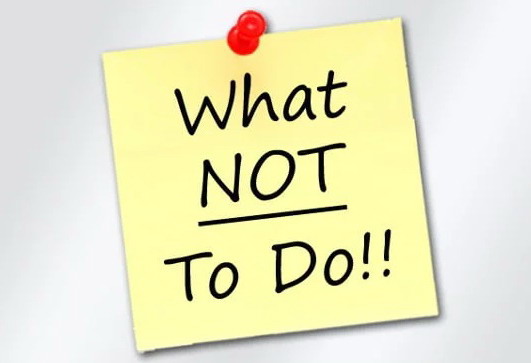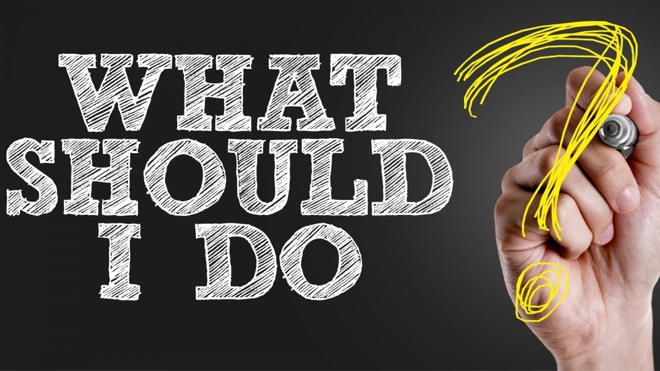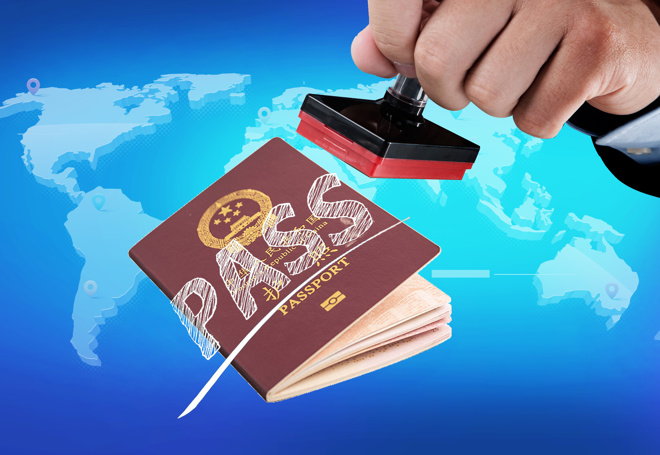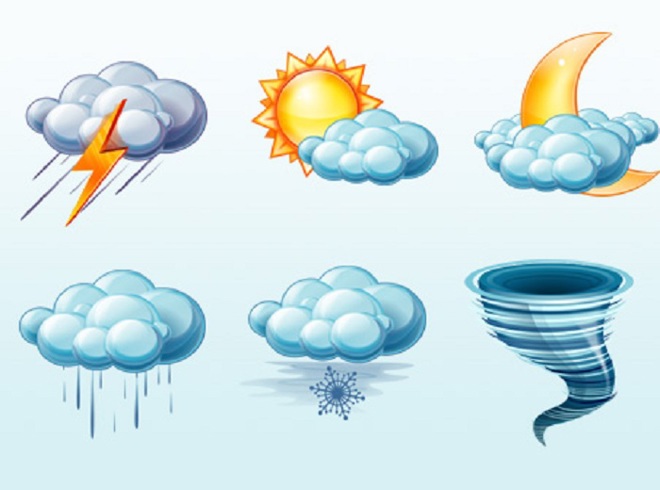New Post

Things not do
29/04/2024

What You Should Do
29/04/2024

Visa
29/04/2024

Climate
29/04/2024

Shopping and Clothing
29/04/2024
Travel FAQs
How can I trust the quality of the tour you provide us?
Eco Nature Travel was established in 2000, and we have received positive feedback and reviews from customers worldwide about our services. We provide you with the best services for your vacation by arranging everything before you arrive in Vietnam and Indochina, including hotels, tour guides, transportation, meals, cruises, etc. Our sales and operations team always ensures that you choose the right company for your vacation, whether it's a tailor-made tour or a packaged tour that meets your expectations. Most of our customers are satisfied with our services and wish to travel with us again. You can view reviews from customers who have traveled with us on our website or on Tripadvisor under the name "Eco Nature Travel” or in the Lonely Planet guide.
Eco Nature Travel holds an International Operating License recognized by the Vietnam National Administration of Tourism (VNAT), as displayed on our website. To verify that we are a legitimate Travel Company in Vietnam, you can email the Vietnam National Administration of Tourism to confirm the status of our company.
We are committed to responsible tourism in local communities in Vietnam to promote sustainable tourism and protect the environment.
Which hotel should we select? What are the room rates? Is breakfast included?
You can choose from various room categories, ranging from budget 2-star hotels to luxurious 5-star accommodations. Among thousands of hotels within each category, Eco Nature Travel carefully selects and recommends the best ones with reasonable prices and excellent services. Room types are diverse, so the room rate in your tour package will vary depending on your room upgrade choice.
Our tour package prices are categorized by star rating: 2-star, 3-star, 4-star, and 5-star. This indicates a range of room rates from budget to luxury. Hotel quality is consistent nationwide, except in remote areas. All rooms meet international and local standards for foreign tourists, equipped with private bathrooms, hot showers, air conditioning, television, international telephone (in some cases), minibar, laundry service, and sauna & massage facilities (from 3 stars and above). Most 4 and 5-star hotels also offer swimming pools and sauna & massage services.
Breakfast is always included in your room rate, and hotel staff will guide you to the restaurant for breakfast.
If your room is not ready before check-in time, you can safely leave your luggage at the hotel and explore the surroundings.
What is a single supplement?
The price we offer is based on shared twin/double accommodation. A single supplement is an extra cost for guests who prefer a private room, which is also referred to as a single room.
Where can we have a homestay?
it is an interesting experience in Vietnam to immerse yourself in the lives of local people. You can enjoy a homestay in Sapa, staying in the stilt houses of ethnic minority groups in mountainous villages. Chay Lap, with its rustic traditional wooden houses, is also a lovely place for a homestay. A Luoi district in Hue city, near the border with Laos, is another great location for a homestay in stilt houses with minority groups and to explore the primary forest.
The standard facilities include a mattress, mosquito net, and shared bathroom with the family. This is authentic living, so everything is basic but safe when you spend a homestay night with local people.
Where does the tour start and finish?
The best way to travel throughout Vietnam is from north to south or vice versa. First, you can start your journey in Hanoi, then head south and end in Ho Chi Minh City. After that, you can continue your trip to Cambodia and Laos or fly back home. It's advisable to avoid returning to the same city for departure to save on domestic flight tickets.
What means of transportation are available for traveling in Vietnam?
Traveling in Vietnam is incredibly convenient today, whether you're visiting major cities or remote areas, with abundant tour destinations waiting to be discovered.
Internal Flight Travel
Flying is the quickest way to explore Vietnam when time is limited. You can choose from reputable airlines like Vietnam Airlines, Jetstar, Mekong Air, Vietjet Air, and Vasco, depending on your route. Here is a list of airports in Vietnam:
Train Travel
Traveling by train on SE1 – SE6 or TN3-TN10 (Vietnam Reunification Express Train known as “Thong Nhat”) across Vietnam offers a scenic view of the country's landscapes. Daily trains connect Hanoi to Ho Chi Minh City and vice versa, stopping at major cities along the way. Comparing trains in Vietnam to those in Europe can be challenging, but Vietnam's trains are standard with good conditions, equipped with air-conditioning and sleeper cabins. While not as fast as buses, trains are considered safer.
The most picturesque train route in Vietnam is from Hanoi to Lao Cai, ideal for visiting Sapa town in northern Vietnam. Various train options are available based on preferences and budget, offering comfortable and luxurious accommodations. For a luxurious experience, Victoria Sapa provides luxury cabins on the train for guests staying at their hotel.
Bus Travel
Local buses in Vietnam are often crowded with up to 45 seats and may carry bicycles or motorbikes on the roof. This mode of travel is perfect for adventurous travelers keen on experiencing the country like a local.
Today, private companies operate Open buses that connect major cities, offering an economical and safe way to explore Vietnam on a budget.
What kind of vehicles do you use for road trips?
We use modern, clean, well-maintained, professionally driven coaches. Coaches are usually oversized for the group to provide extra comfort. They are all made in Japan or Korea.
Car (4 seats): 1 or 2 passengers
Minivan (16 seats): 3-9 passengers
Minibus (24 seats): 10-14 passengers
Minibus (35 seats): 15-19 passengers
Coach (45 seats): 20 - 32 passengers
Climate - When is the best time to visit Vietnam?
Vietnam is divided into three main regions: North, Central, and South. Depending on the region you visit, you can choose the best time to travel.
The winter season or dry season is from November to April in the North, with temperatures around 16°C. The rest of the year is the summer season with rainfall and sometimes storms.
Central Vietnam has two distinct seasons. The summer season is from April to November, while the winter season lasts from November to March of the following year, with heavy rain and flooding in October and November. The remaining winter months are cold but dry with less rain.
South Vietnam is warm and sunny year-round. The rainy season lasts from May to October, with rare all-day rainfall. The dry season is from November to April with occasional showers.
The best time to travel across Vietnam from North to South is from January to April. Beach relaxation is very enjoyable during the summer months from May to October, with plenty of sunshine and beautiful sandy beaches in Central and South Vietnam.
The peak season for incoming tourists to Vietnam is from November to April.
Can Eco Nature Travel arrange a visa approval letter for Vietnam?
Yes, we can assist you with obtaining a visa for Vietnam. We can arrange a visa approval letter for you. Please provide us with the necessary information:
Type of visa required (Tourist or Business, 1 or 3 months, Single or Multiple Entry)
It typically takes us from 2 days to a week to process your visa approval letter upon receiving your information.
Please send us the following documents:
Can we use a credit card to withdraw cash and make payments in Vietnam?
Credit cards are a popular payment method for tours and expenses in Vietnam. They are widely accepted in touristy cities as a form of cash. It is very easy to find ATMs or bank offices where you can withdraw cash, but this will be in the local currency of Vietnamese dong. Please note that transactions using credit cards may be subject to a 3% surcharge, or 3.9% for Amex and JCB cards.
Yes, credit cards are widely accepted for payments in cities, hotels, restaurants, and souvenir shops. However, for smaller purchases, it is highly recommended to pay with cash.

29/04/2024

29/04/2024

29/04/2024

29/04/2024

29/04/2024